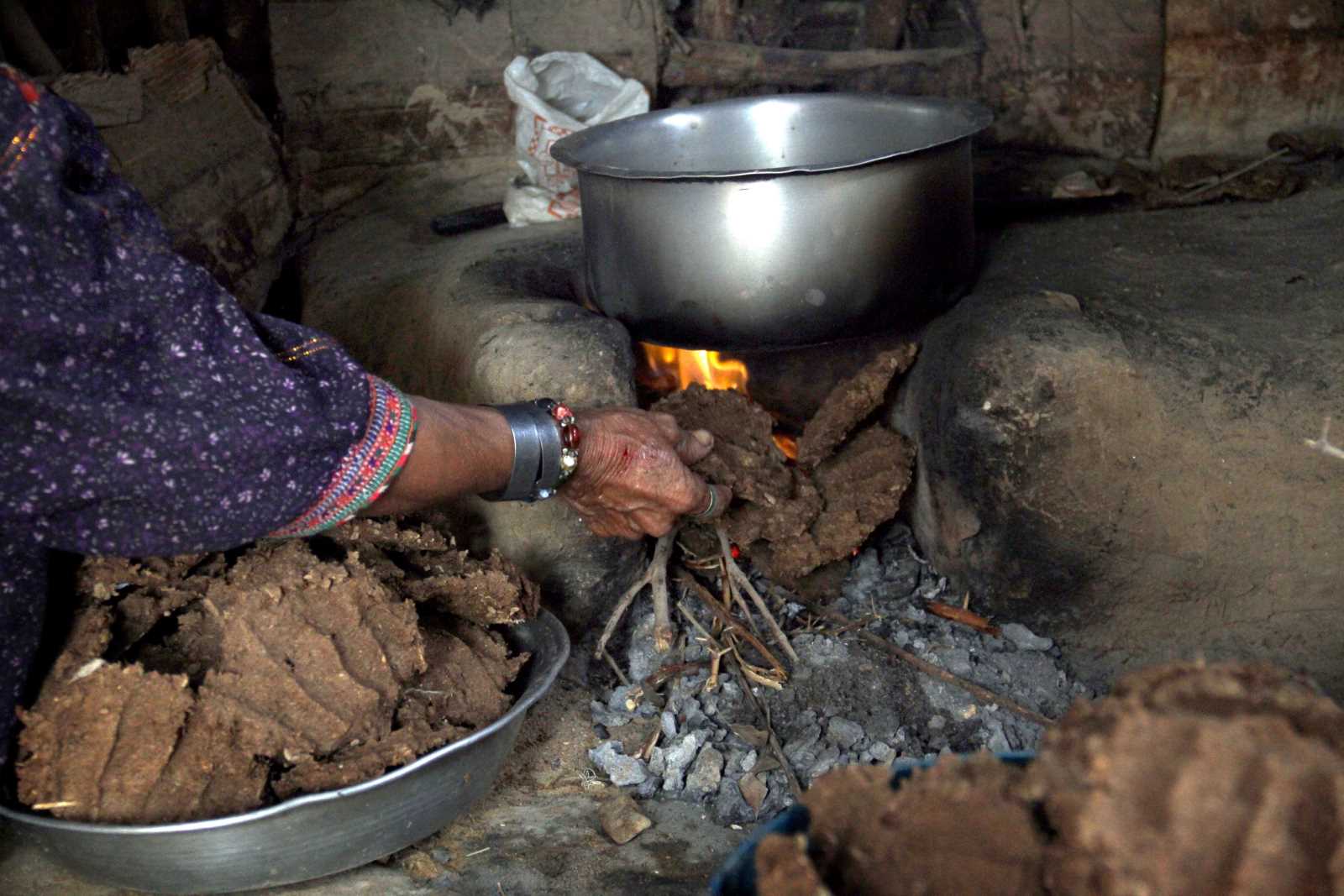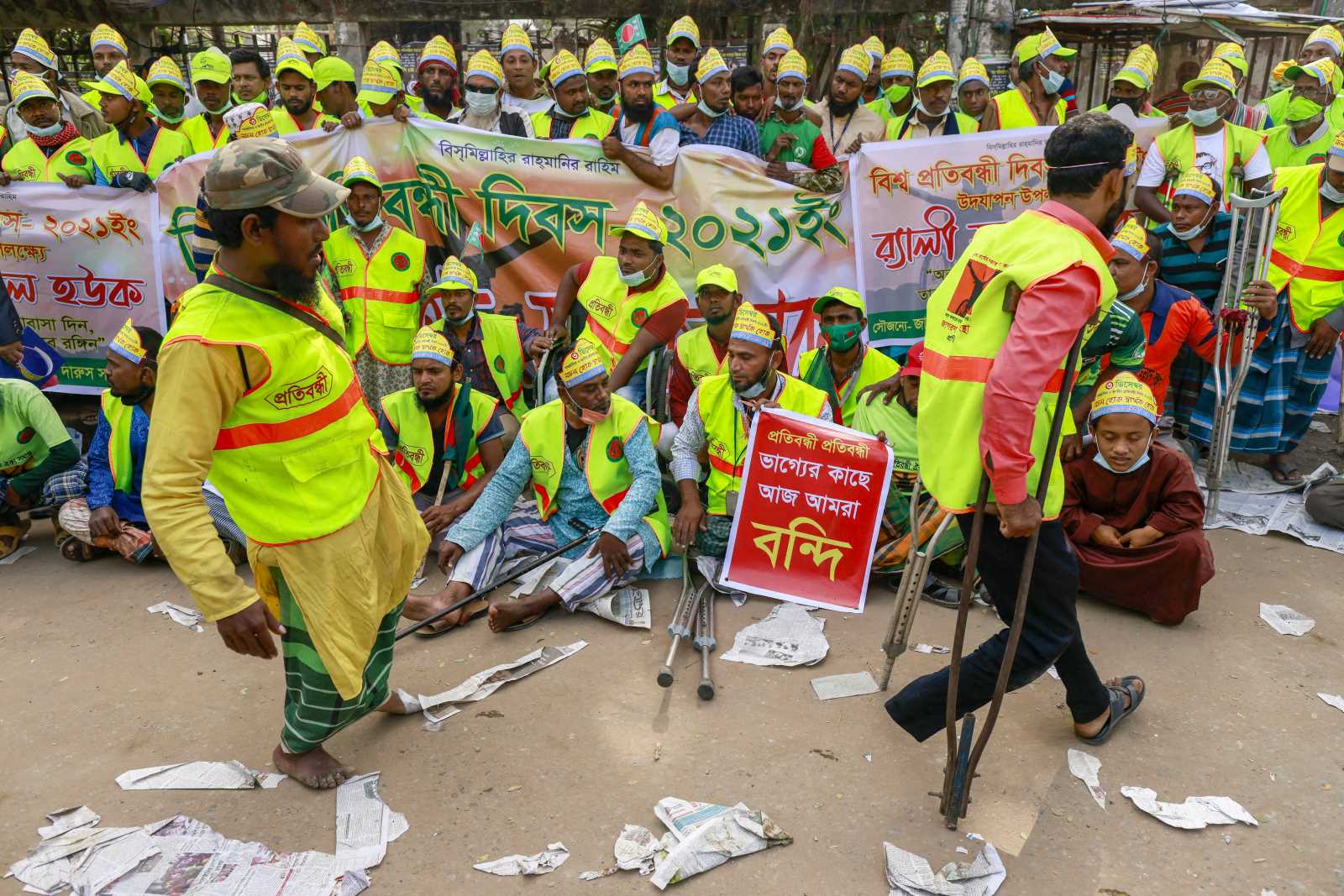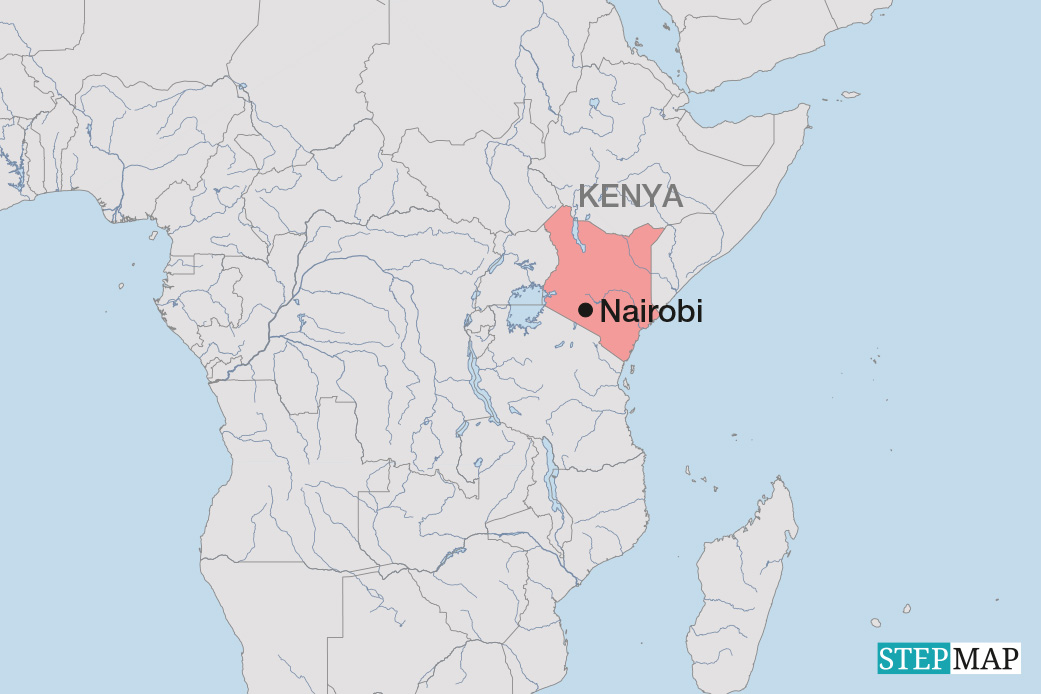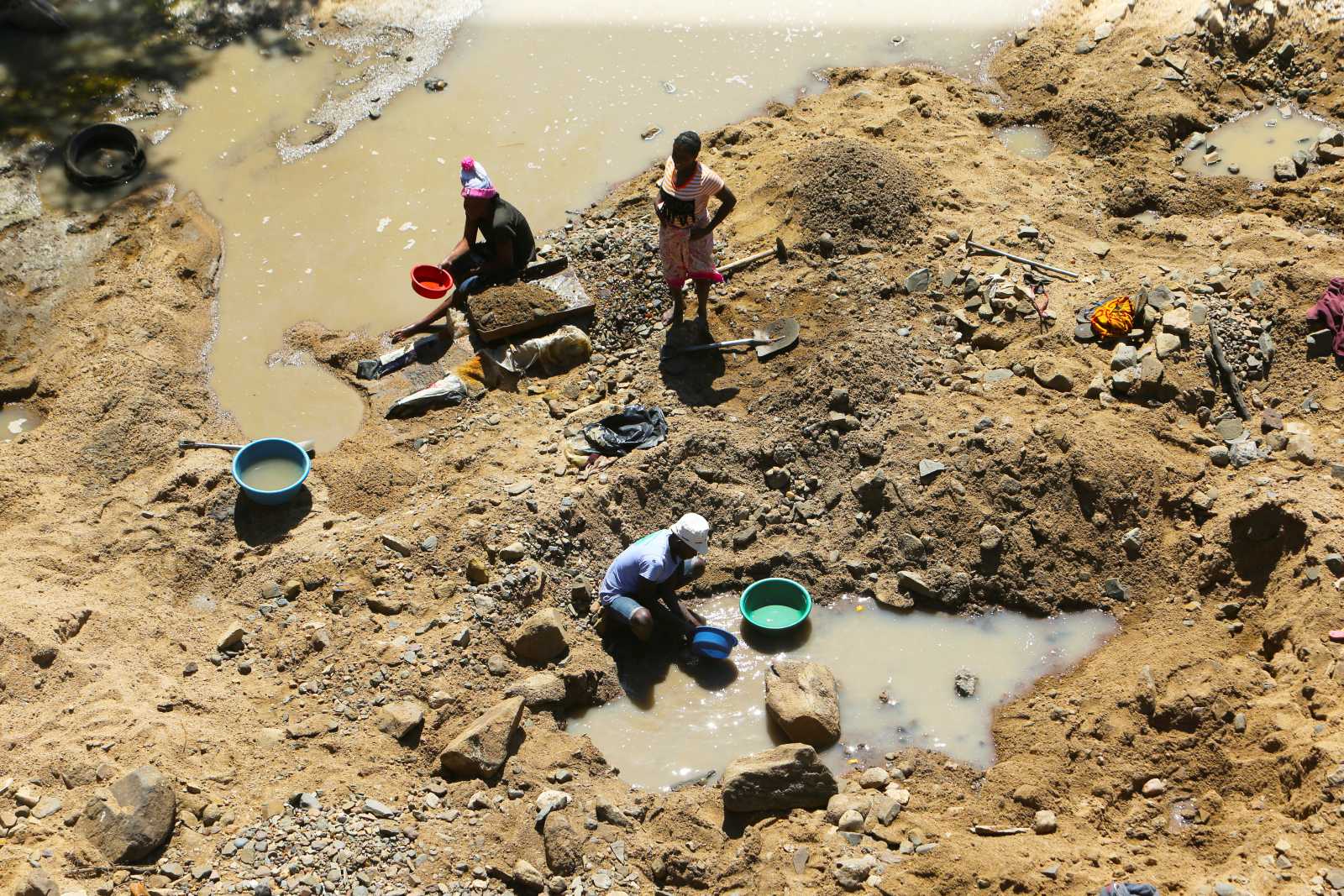Malnourishment
Stunted growth

Twelve-year-old Richard Mukumbo does not look his age: he is small, his stomach protrudes, his legs are thin and his eyes whitish – all these are clear signs of malnutrition. The boy lives in Dzivarasekwa, a poor, crowded suburb of the Zimbabwean capital Harare.
Melinda Chinowawa, a local volunteer nutritionist, conducted a feeding programme in Dzivarasekwa. She says that she saw a number of children who were in a similar predicament as Richard. “I know this boy,” Chinowawa says. “Richard used to be in my feeding programme; he was so thin and undernourished. He is much too small for his age.” According to Chinowawa, Richard has only the height of a seven-year-old.
“We are poor and we live in a shack,” Richard explains. “My mother is the only parent I have. She has casual jobs, cleaning people’s homes. She doesn’t always manage to get us food.”
Richard often goes hungry, which results in his stunted growth.
In Zimbabwe, malnutrition-related ailments have increased over the years. Due to the country’s decades-long economic crisis, many people slid into poverty and are unable to feed their family adequately. Consequently, stunted growth amongst children has become more common in the rural areas as well as in the cities. Experts point out that poor diet not only affects children physically, but also slows their mental growth. Local authorities have downplayed the problem.
In 2015, the World Food Programme (WFP) and the Zimbabwean government launched a combined “Zero Hunger Strategic Review” to provide an overview of the food and nutrition security situation in the country. Their report stated that “stunting, which is evidence of chronic malnutrition, remains the most prominent nutrition challenge in Zimbabwe, as 27.6 % of children under five years of age are short for their age. This represents a steady trend of improvement since 2009 when it was 35 %. This positive trend should be encouraged and accelerated.”
The UN Food and Agricultural Organization (FAO) has trained local health workers in Zimbabwe to educate the people about the best nutrition practices. This programme is targeted at children under the age of five, pregnant women and lactating mothers. However, if people are too poor to afford food, children will continue to be malnourished.
Jeffrey Moyo is a journalist and lives in Harare, Zimbabwe.
moyojeffrey@gmail.com
Links
Zimbabwe Vulnerability Assessment Committee (ZimVAC): 2017 Rural Livelihoods Assessment Report.
https://docs.wfp.org/api/documents/WFP-0000019918/download/
World Food Programme (WPF): Zimbabwe Zero Hunger Strategic Review 2015.
https://documents.wfp.org/stellent/groups/public/documents/communications/wfp290422.pdf













